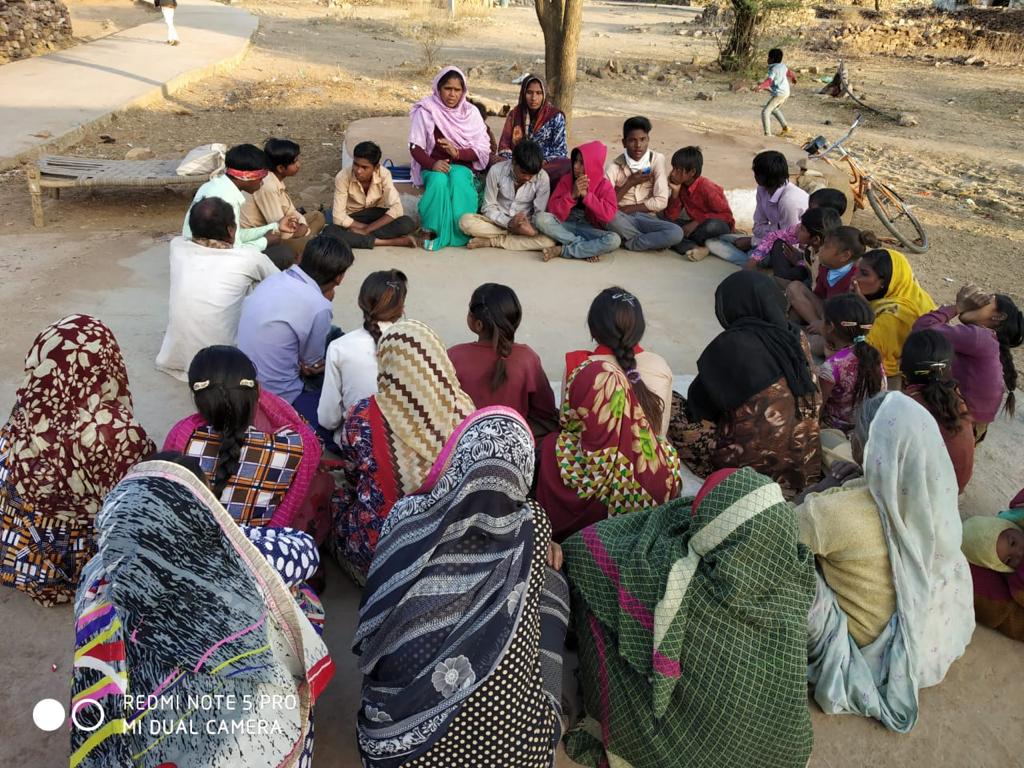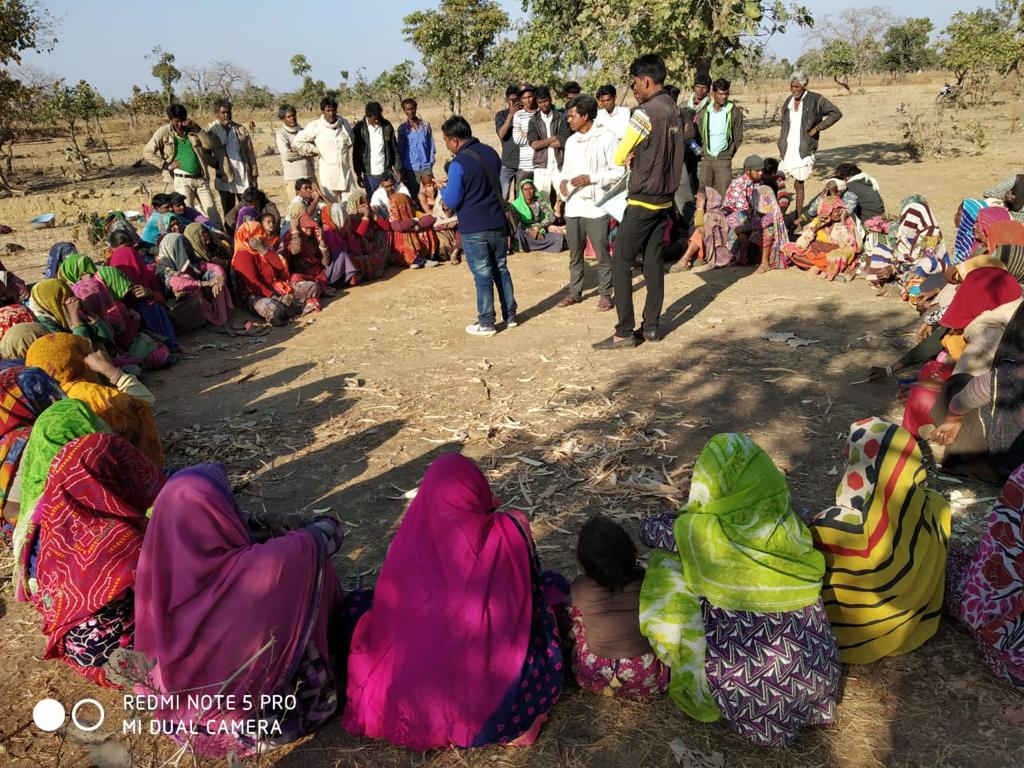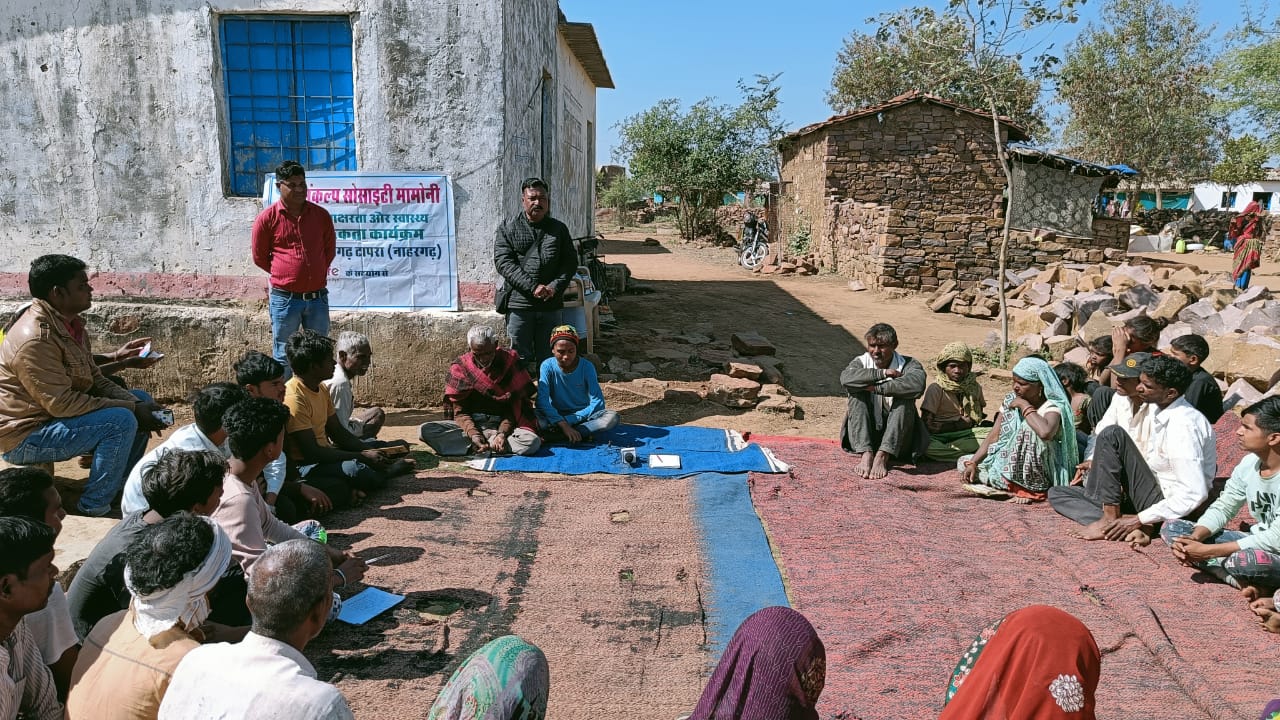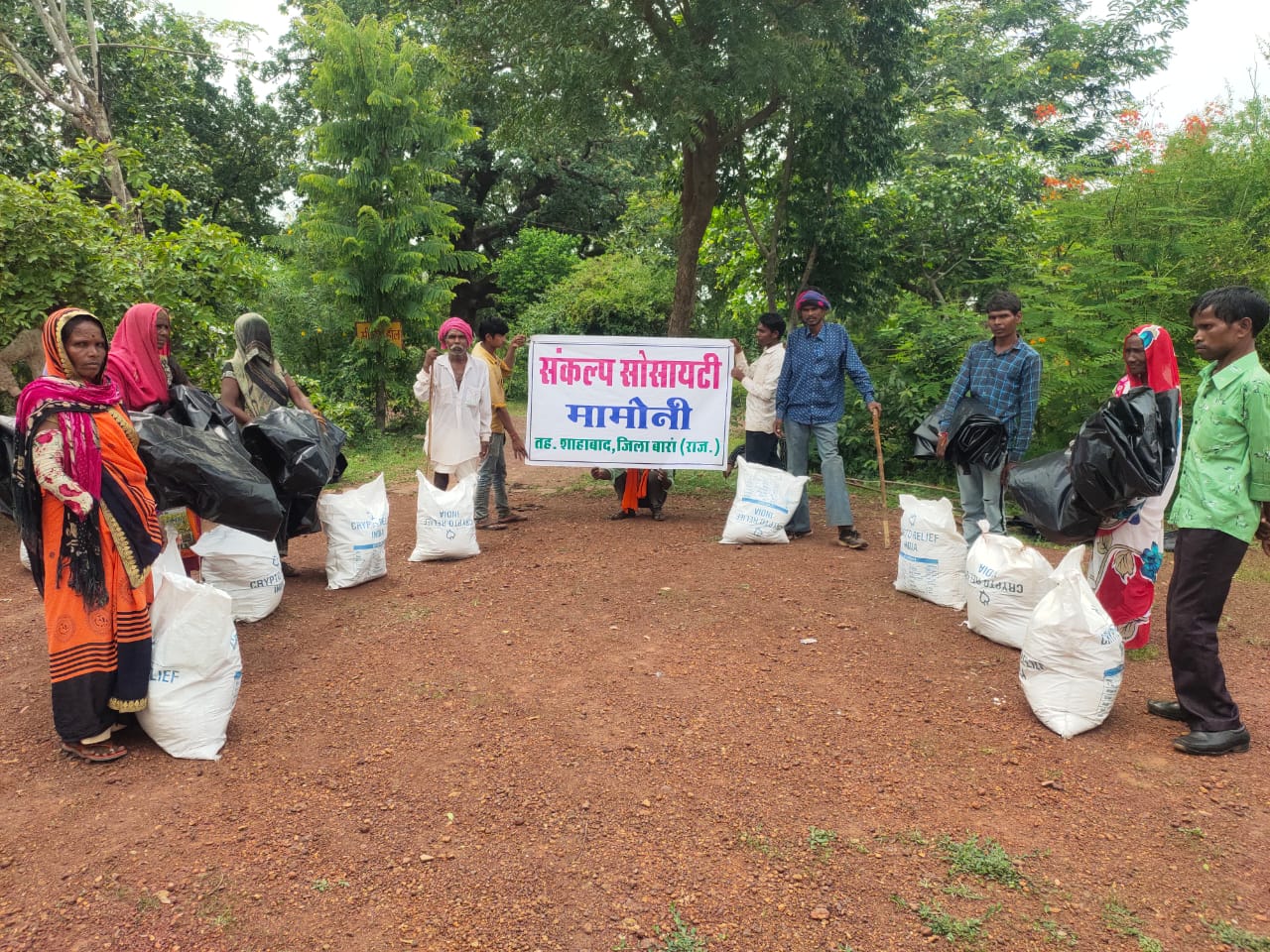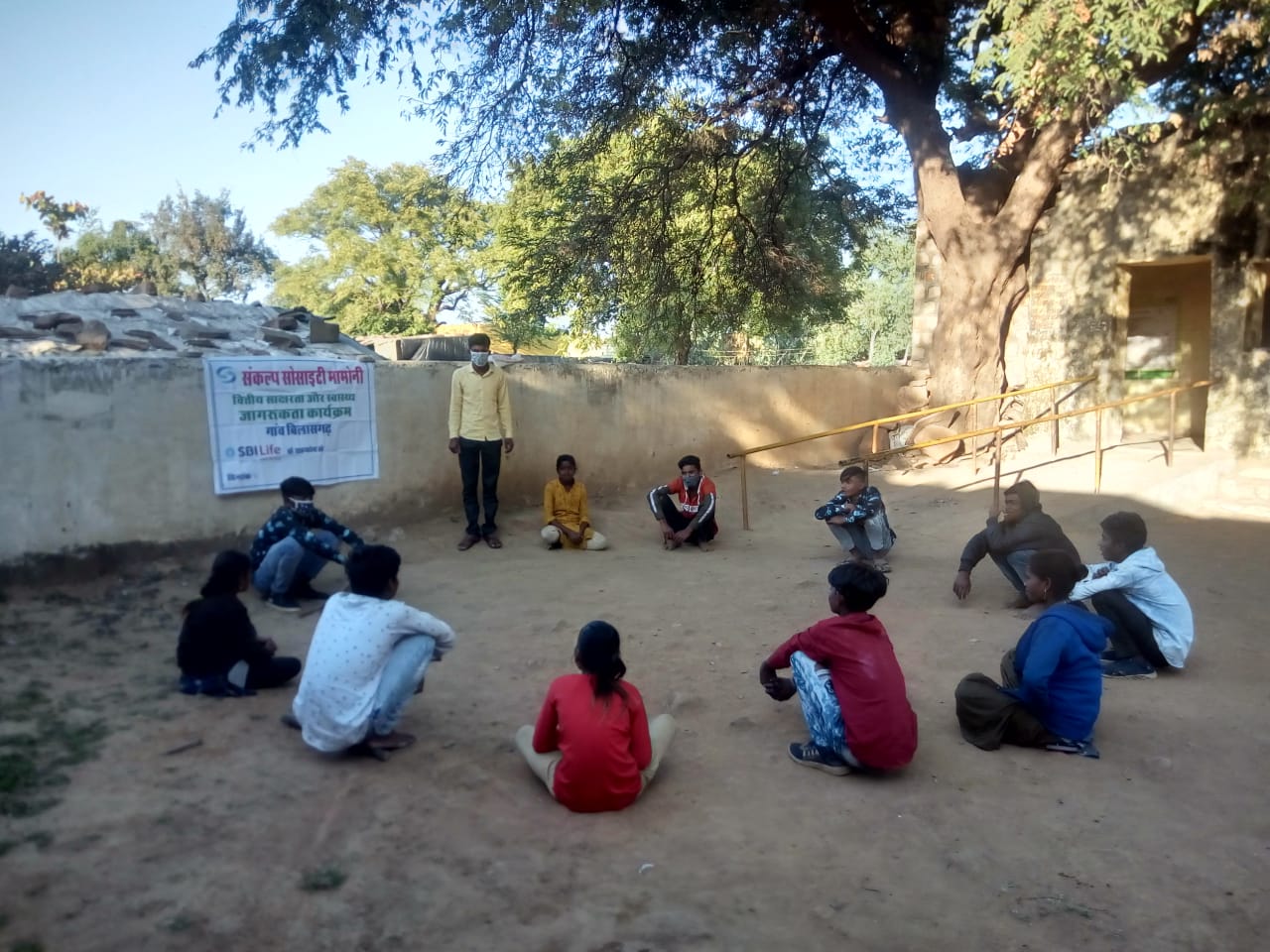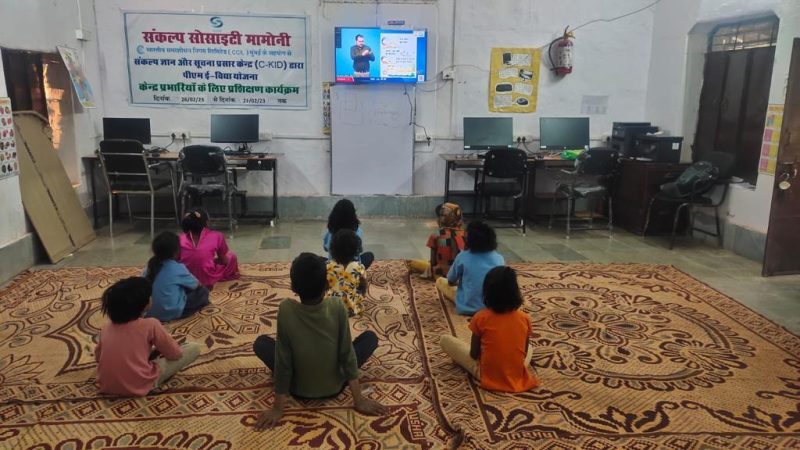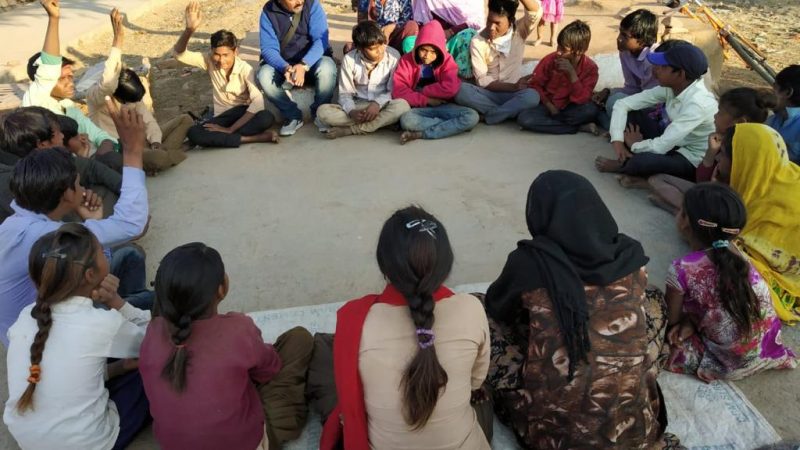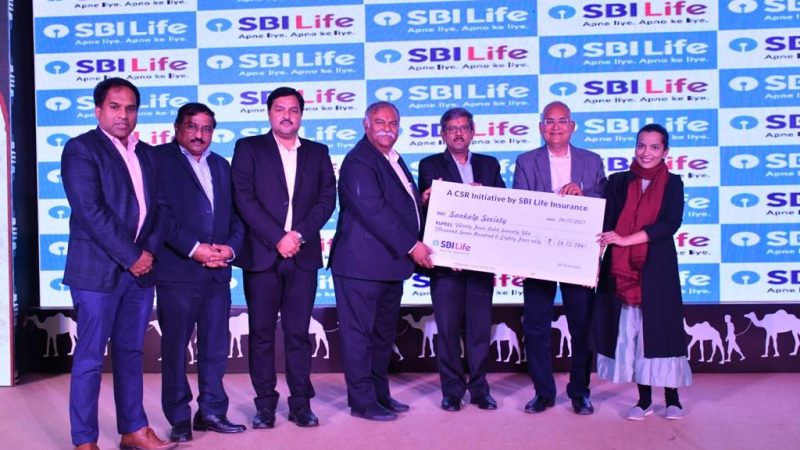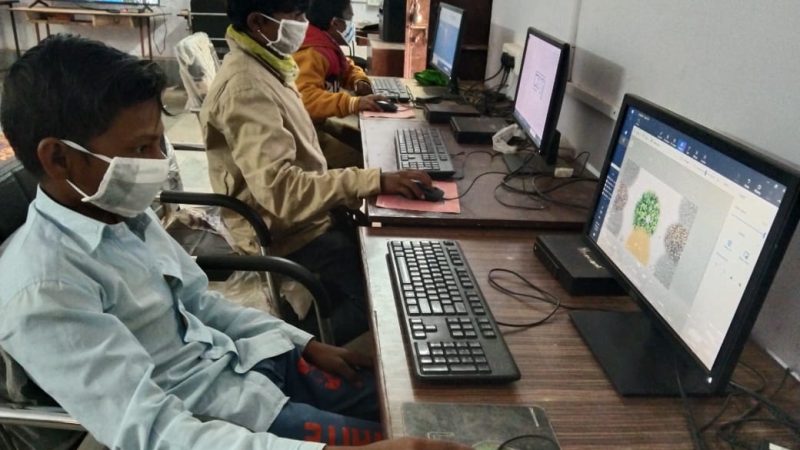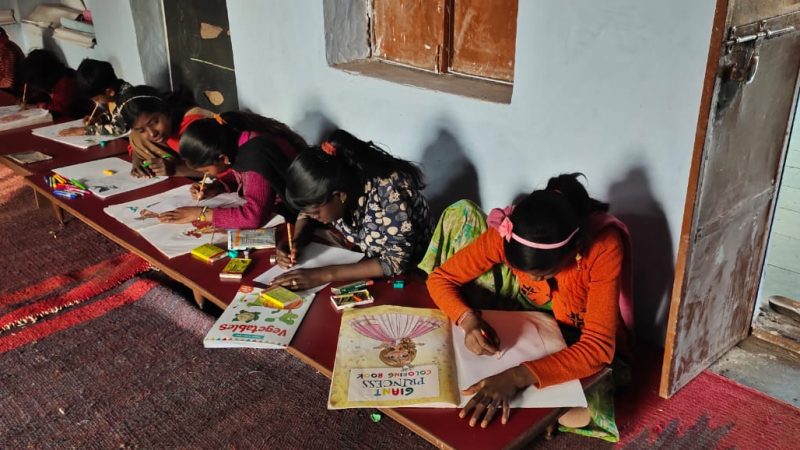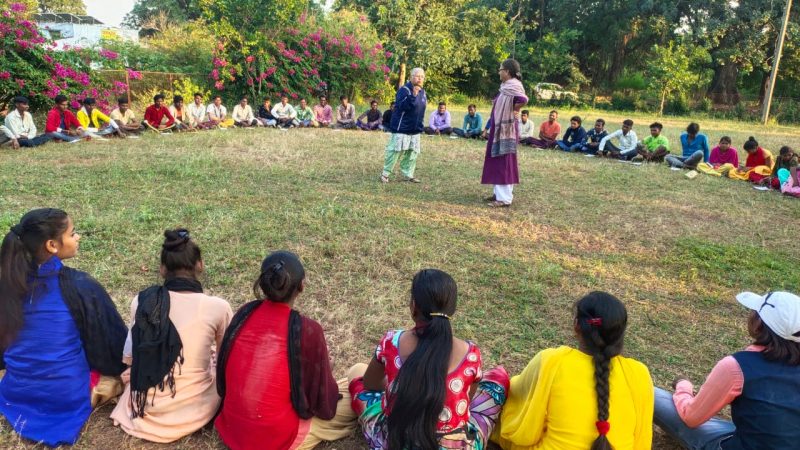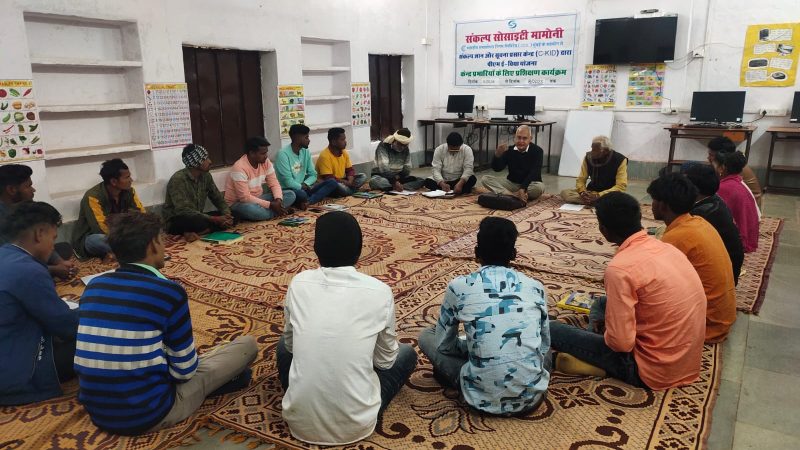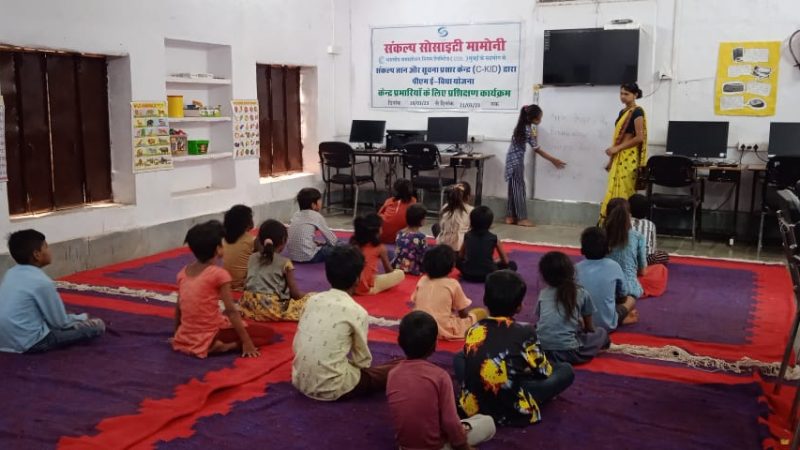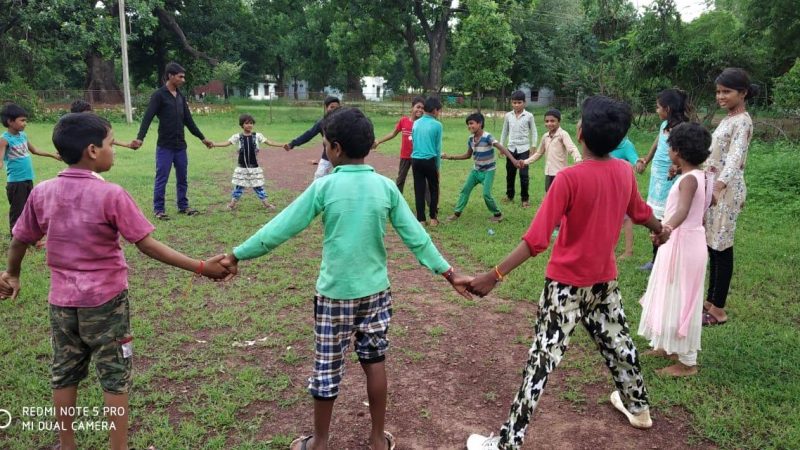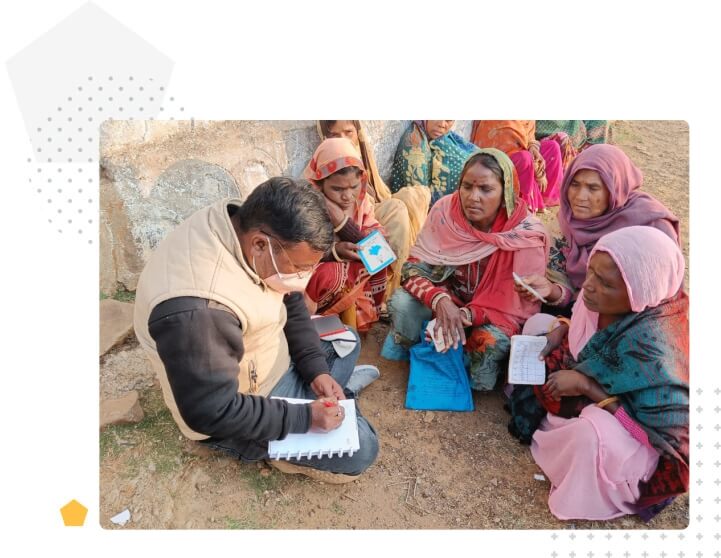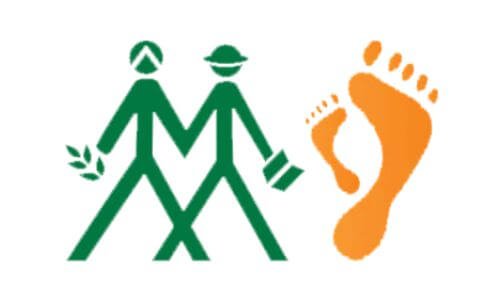Around seven per cent of the tribal population of the country lives in the state of Rajasthan. Seventy-five groups are categorised as Particularly Vulnerable Tribal Groups(PVTG). Sahariya tribe are under the PVTG and is classified among the twelve tribes of Rajasthan. According to the Govt. of India 2011 Census, the Sahariya community is the fourth largest tribal community in Rajasthan. The Sahariyas reside in Morena, Shivpur, Bhind, Gwalior, Datia, Vidisha, and Guna districts of Madhya Pradesh and the Baran district of Rajasthan. Sahariya is the least explored vulnerable tribe of the state, and academically, the history of the Sahariatribe is spotty and, in many places, completely lost. Compared to Bhil and Meena, the prominent tribes of Rajasthan, the Sahariya habitation is restricted to a micro-geographical setting. Within the frontiers of Rajasthan state, the tehsil of Kishanganj and Shahbad, in district Baran, alone represents the Sahariya population. Sahariya terrain, in general, is characterised by hills and forests. One-fourth of Shahbad and Kishanganj is cultivable, and nearly 50 per cent is a forest. Sahariya constitutes 35 per cent of the population in the above two tehsils of Baran district as per the 2011 census. Still, the per cent of cultivable land holding is very meagre among Sharaiya compared to other castes. In the last two decades, powerful, dominant caste groups (like Jats and Sikhs) had encroached upon the forest track of the Shahbad and Kishanganj block of the Baran district and occupied large cultivable tracts. Thus, forcing the Sahariya community to push back to the interior hills and forest Sahariya families predominantly live in a nuclear set-up, mainly because of their non-agro economy — where the need for collective action or joint economic venture is nonexistent. The origin of the Sahariya community is shrouded in mystery, and there are many hypotheses regarding their original homeland. Comparatively speaking, Sahariya community cultural contact was more conspicuously marked in the economic relationship, followed by some religious elements, especially the festivals and annual cultural fairs. But for some reason, like outside dominance, land alienation and the gradual exploitation process, they sank into a system of bondage. Over the years, Sahariya became bonded labour ( Mainder ) of the high caste landlords, primarily devoted to agriculture labour. The Shariaya remain where they were initially identified in terms of social position. Rated above the leather workers and manual scavengers, they occupy the last of the remaining rungs of the social ladder of society. Higher caste and even middle-class artisans of the Baran district consider Sahariya untouchables, even not allowing them to use the community crematorium and village water wells.




